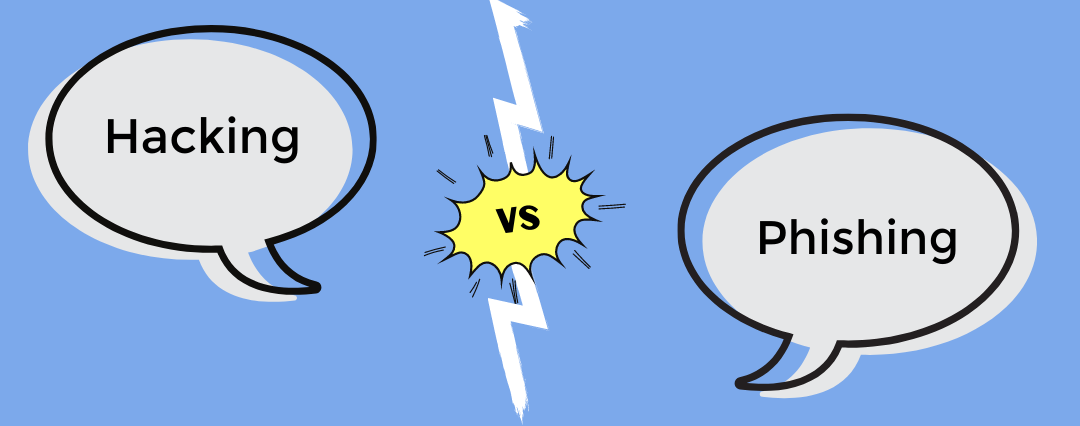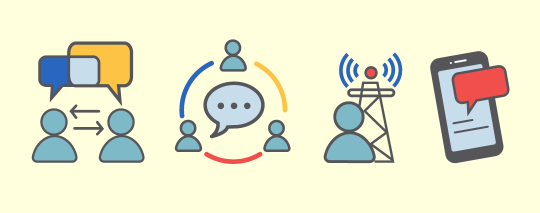Cyber security is crucial to the technology industry. When it comes to protecting our servers, networks, electronic devices, and data, it’s important to keep in mind the types of attacks that put us at risk and how to safeguard against them. Two methods of attack that threaten the security of our information are hacking and phishing. What sets these two apart is that one is involuntary while the other relies on a voluntary action to succeed.
Hacking is involuntary
Hackers are individuals who use their technical knowledge to break down and bypass security measures on a computer, device, or network. Not all hackers have malicious intent; many companies even hire “white hat hackers” to deliberately hack their systems to identify security flaws or vulnerabilities. Hacking itself is not illegal unless the hacker is compromising a system without the owner’s permission.
Let’s focus on the bad guys: the “black hat hackers.” Basically, they gain unauthorized access to information by breaching a system with the goal of stealing data or altering records, often for their own personal gain. They tend to use the information against a person or company and sometimes go as far as demanding ransom. There are several types of hacking, including:
- Hacking for financial gain. Some hackers focus on directly stealing money, hijacking data for later theft, or selling data to other cybercriminals.
- Corporate espionage. In some cases, businesses use spying techniques – like hacking – to obtain insider information from their competitors.
- State-sponsored hacking. This method involves state-backed hackers that target corporations, institutions such as banks, or national infrastructure networks. Sometimes governments also attack each other.
In all of these scenarios, the act of hacking is involuntary because the hackers force themselves into the system without the owner’s knowledge or approval.
Phishing is voluntary
Phishing is the act of pretending to be a trustworthy source in an attempt to bait someone into giving access to sensitive data, such as personal information, passwords, and banking details. Phishers trick their victims into voluntarily responding with information. Targets are usually contacted via email, telephone, or text message.
It’s very common for phishers to scam using links in fraudulent emails that send users to copies of legitimate websites to steal financial data for the purpose of identity theft. For example, you might receive an email that looks like it came from your bank and includes a link that you’re instructed to click in order to sign into your account. If you click the link, the sender gains access to your personal account information by directing you to a fake site where you share your details.
To learn more about some of the common features of phishing emails, check out this article by KnowBe4.
Protect yourself and your business
Knowing the precautions to follow to save yourself from hacking and phishing attacks is important. Here are some tips.
To combat hacking, passwords should…
- Contain a combination of upper- and lower-case letters, numbers, and special characters.
- Change frequently – consider setting up a resetting routine.
- Not be used for more than one account.
- Be stored in a safe place and kept a secret.
To guard yourself from phishing schemes…
- Install trusted security software that updates automatically.
- Never give your personal information over email, text, or pop-up messages.
- Do not click links within emails or private messages.
- Log in to company websites by typing the URL in the address bar. Do not sign into your accounts through links.
- Be cautious of opening attachments and downloading files (these could include viruses).





